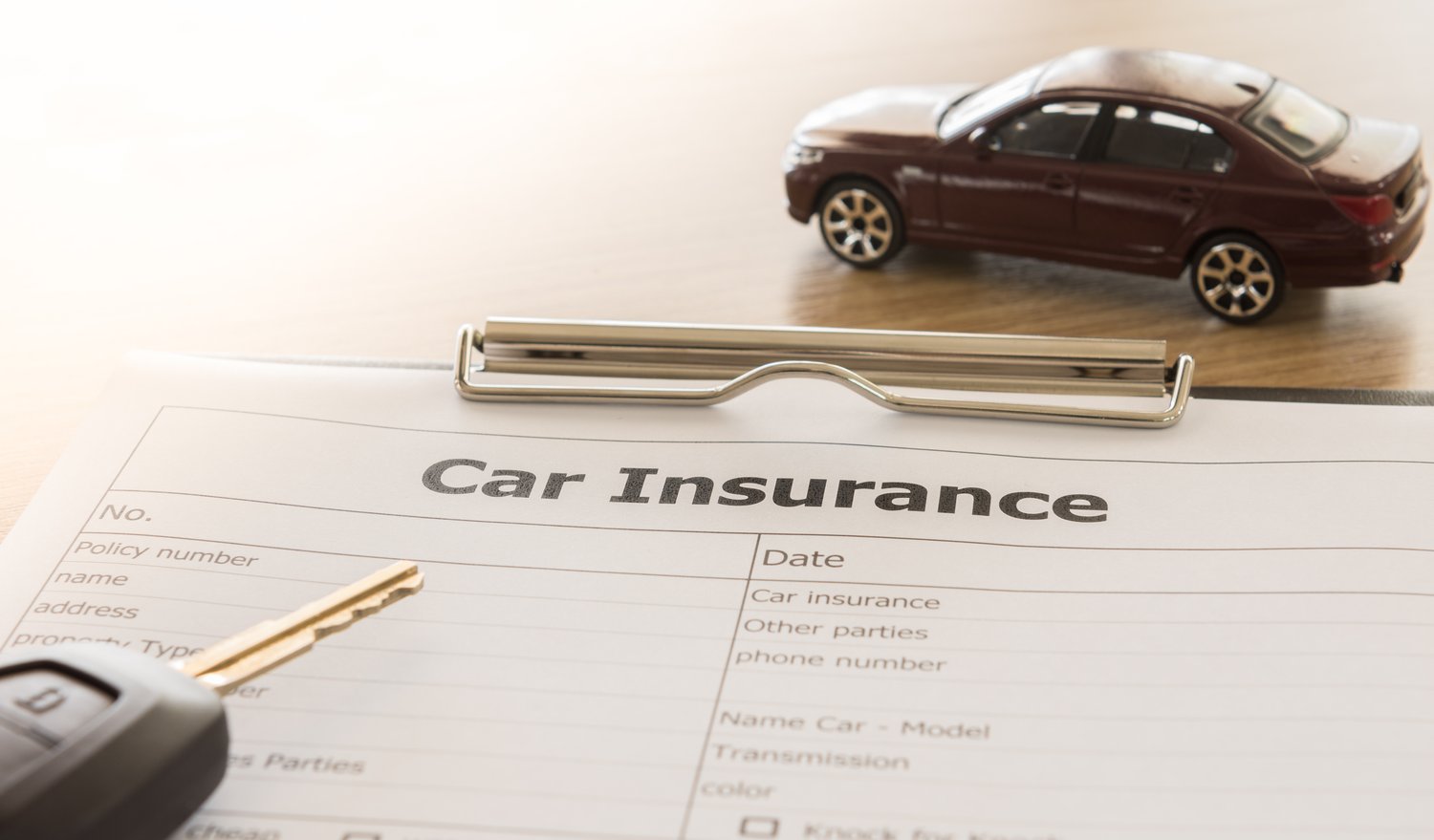Before we buy something, we often want to know what’s included, but what’s excluded may be more important.
There are several exclusions in your auto insurance policy, meaning your insurer tells you precisely what they do not cover. Often, you can address many exclusions with additional coverage called an endorsement or pick up a separate policy.
In this quick read, you’ll learn what a standard policy excludes, helping you realize what protection you may need to fill any gaps. Here are a dozen things standard policies don’t cover.



